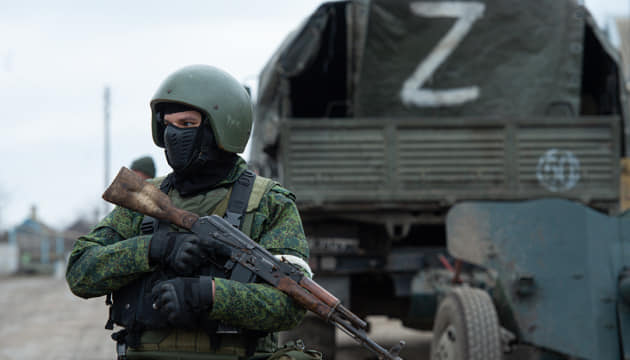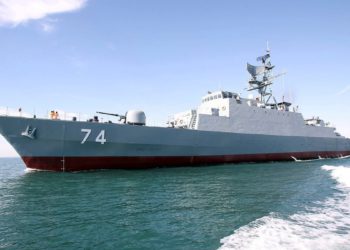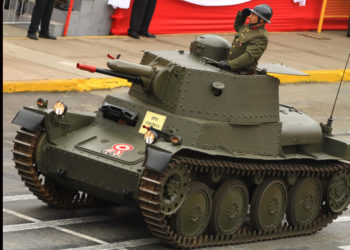Russia’s Mobilization: What It Means for Ukraine and the World

Greetings. Today’s article will focus on the reports that Russia will mobilize up to 300k reservists for the conflict in Ukraine and what this may mean for all parties involved.
Admin Notes
But briefly, some admin notes:
1. Keep the comments constructive and on topic.
2. Comprehension is critical. Our articles have caused some to lose their minds. As an example, if we write about the basic fundamentals of a defense, an offense, or write a critical organizational review of the shortcomings of something, that does not make us “Pro Russian” or “Pro Ukrainian.” We might just be hinting at something about to unfold or that’s being talked about. Several times in the past [re-read articles] our articles provide context and are not intended as bandwagon jargon used by mere fans.
3. There is also a common sense requirement, plain and simple. Just because we state a reality, such as that Russian forces lack certain capabilities or that Ukraine lacks organic capabilities, that is not bias and should not be taken as one. We are about to start posting definitions of what words actually mean. We are not responsible for a lack of comprehension.
4. The mass majority of incidents involve a certain group. Please note, while we respect your choice of cheering, ACT like an ambassador for your cause.
That’s all.

The Article: Russia’s Mobilization Plan
Russia announced recently that up to a total of 300,000 reservists will be called up for the military efforts in Ukraine. While several other media entities and personalities have already dismissed this as another Russian blunder and a fanciful act of desperation, we are not. This is a major escalation by Russia.
Firstly, despite claims to the contrary, Russia can equip these forces. Some will no doubt be used to replace losses in units currently engaged in operations and many more will be employed as either full or partial units for combat operations. At this time, there are two main operational scenarios that can come from this.
The first is that Russia will merely attempt to retain their current positions and not seek to further contest territory. The other option is a branch with three possibilities:
A. They will renew the offense, now with up to 300k more troops, and seek to seize far more from Ukraine, perhaps Dnipro, Odessa, and elsewhere.
B. They will only launch limited offenses to restore the current front and culminate with the occupation of both separatist regions and all of Kherson.
C. Removal of the sovereignty of Ukraine.
Those are the main options available to Russia. At this time, we will not be able to give an assessment until we see where these forces, however many, actually get deployed and when. We also make no effort at this time to render which option is feasible.

Implications for Ukraine and the West
However, Russia will be able to arm and equip these forces, and they will be employed. This is a significant development and will have significant impacts on Ukraine and the West.
Firstly, all combat operations are taking place in their entirety inside of Ukraine. This means all the destruction will occur inside of Ukraine. This means further damages to the Ukrainian civil infrastructure, its industrial base, the Ukrainian population, its agriculture sectors, and its energy sector. Regardless of the final outcome, the Ukrainian outlook is bleak and will be totally reliant on the West for reconstruction support. Such support is estimated at 300 billion to 700 billion.
This also assumes that the western nations intend to actually spend that amount of money. If not, Ukraine’s economy will not be able to replace the destruction of its internal sectors nor afford to function. This will likely lead to a humanitarian crisis. Energy losses alone will compound any reconstruction efforts by Kiev. Ultimately, the population will suffer; that is a very serious concern.
Secondly, the mass majority of foreign aid has come from the United States. There is ONLY so much more that can be provided without directly affecting the national security of the United States. The US has nearly depleted its European Theater stocks and soon will reach its red line. This is a reality. The US will also refrain from sending their top-tier equipment and newest variants to Ukraine.

Western Aid Limitations and Long-term Impact
This forces the US to either begin withdrawals from their Central Command war stocks and their IndoPac war stocks or deplete their EuroCom stocks further. Currently, the US has nearly 100k troops in Europe. They too need to be armed and provisioned; the standard is 90 days worth of war stock. If they are not provisioned appropriately, then they are not a deterrent to Russia. Soldiers armed with rocks do not deter foreign aggression.
Russia knows this.
BLUF: The US is not expected to deplete its war stocks in either the Central Command or the IndoPac theaters for Ukraine.
This also means that unless other NATO nations fully commit all their supplies, the aid is finite and there is a limit.
As it stands now, Ukrainian forces are not capable of self-sustainment and are totally reliant on the goodwill of the US and its intelligence capabilities. A longer conflict with attrition will hurt Ukraine and the West far more than it will hurt Russia. There is sadly no way around this reality.
Ukraine is now going to have to make a calculated choice before these Russian reservists enter into the theater. Prolonged fighting inside of Ukraine and amongst its own cities will ruin their nation for generations.
Conclusion
There is a harsh reality with western aid. It’s not unlimited. One individual recently speculated that another offense must occur before things slow down and that Ukraine must attack again soon.
Overall, this announcement and the continued, but albeit stealthy talk of nuclear weapons, are significant events that clearly illustrate that no matter what the tweets show, this conflict is far from over and it’s about to get… “uglier.”
End Quote.
Kindly,
Mel Daniels









